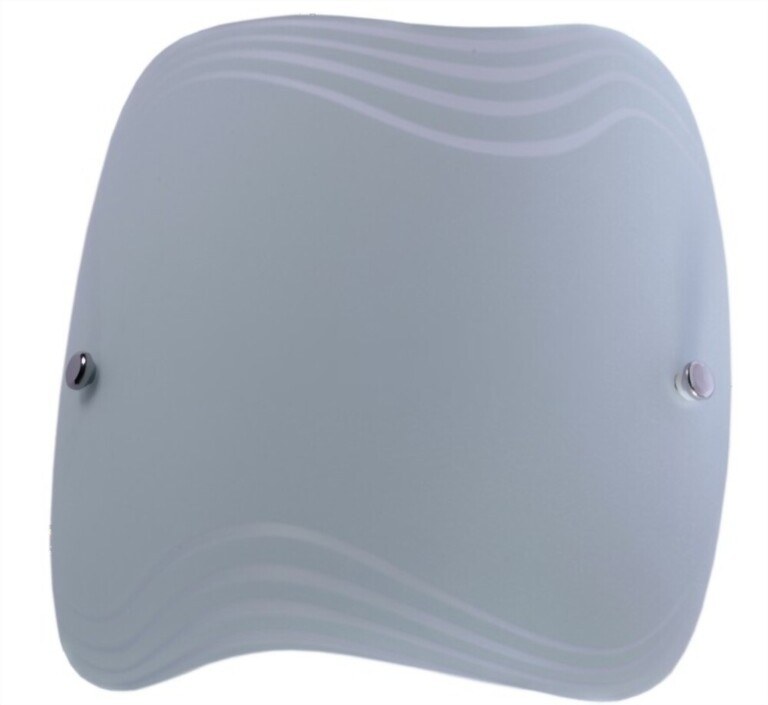Spotlights can be used to make a room appear larger or to break up the decor. Choose lights that are appropriate for the room's size, provide the type of light you require, and complement other design components. There are some different types of ceiling lights:
1. Ceiling lights on the mounted on the ceiling
Recessed lights are frequently installed to or near the ceiling, making them ideal for rooms with medium or large expanses or low ceilings. If you require ambient light for the entire room, these fixtures are your best bet.
Semi-flush lights

This is one of the most popular and flexible ceiling lights on the market today. Semi-flat lights are normally 4 to 8" below the ceiling and look best in rooms with 8 to 10 foot ceilings.
Semi-flat lamps have the advantage of being simple to change bulbs. Semi-exhaust lights are commonly used in tiny kitchens and dining rooms, but they can also be utilized in other rooms. Semi-submersible recessed ceiling lights with diameters ranging from 7 to 23" are readily available. Semi-discharge luminaires cast light down the room while also lighting the ceiling. This will make a tiny space appear larger and your ceilings appear higher.
Flush lights

Flat fittings are ceiling attachments that are flat in shape. This is a versatile style, and depending on the size of the space you're looking for, you can easily locate furniture that's 12 to 24" broad.
Bathrooms, closets, and corridors benefit from small discharge lights. Because there will be nothing hanging from the ceiling, larger flat furniture is a safe choice for children's bedrooms.
In rooms with ceilings less than 8 feet high, flat light fixtures work well. This lighting system can assist create more open space in spaces with high ceilings if installed.
Recessed lights are one of the most popular down light designs because they are unobtrusive and provide excellent illumination for any room, as long as you select a luminaire with a sufficiently large diameter and are properly installed.
Recessed lights

Recessed lighting requires a minimum of 6 inches of ceiling clearance. The lights are hidden in the ceiling, and a glass panel diffuses the light inside the room. Also, because moisture can build up inside light fixtures, you should pay attention to ceiling insulation.
Recessed lights have the disadvantage of not diffusing light throughout a room. The optimum use for this style of ceiling light is for ambient or task lighting.
Utility lights

Utility lights are straightforward fixtures that require only a direct installation to the ceiling or a housing for an LED bulb. This product is ideal for your garage because you'll need something brighter and more energy efficient there.
Utility lighting may appear to be a little change, but it can have a significant impact on how you use your space. If you spend a lot of time in your garage working on DIY projects, some LED bulbs would be a great addition.
LED indirect lights
Ceiling lights with indirect LED illumination are a unique feature. Instead of installing fixed lights on top of your ceiling, this sort of lighting uses LED strips that are positioned all around it.
The light from the LED strips will reflect off your ceiling, giving the impression that the room is much larger. If you use color shifting LEDs in indirect lighting, the LEDs might change hue.
This sort of recessed light will complement a more contemporary design. LED lights are also more energy efficient than the competition.
Crown molding should be installed around your ceiling when installing lights. The molding will conceal the LED strips, divert the light to the ceiling, and give your home a vintage feel.
Hanging ceiling lights

Pendant lights are better for ambient and work lighting. When designing a room, this style of fixture will primarily focus light on a limited area and can easily become one of the main focal points.
Pendant lights

Because they are suspended low, pendant lights resemble chandeliers in design. Pendant lights, on the other hand, only provide one light source.
Even if your home already has a fixture, pendant ceiling lights add a lot of light to a specific area.
For a smaller room or to bring light to different locations, you can also install many pendant lights. If you wish to light up a corridor or another tiny hallway, get little pendants.
If you don't have enough space to showcase decorative goods, mini pendants can make a room design visually intriguing.
Because pendant lights are generally hung low from the ceiling, they will draw a lot of attention and, of course, should match the room's aesthetic.
Pay attention to the pendant light's size, hanging time, and whether the design matches the style of your existing decorations and furniture.
Pendant lights with a theme might be a terrific accessory for a nursery! Look for pendants that match the objects you've picked to design this space by looking for themed lighting fixtures.
Chandeliers

Chandeliers are also one of the different types of ceiling lights you should consider to buy it. A chandelier will undoubtedly make a comeback in your living room or dining area! Because this type of light serves as the room's center point, the chandelier style must be carefully chosen.
The lowest section of the chandelier you should choose should be 30 inches higher than your dining room table. Because, as a general rule, anything taller will be too small for the space, while anything lower will restrict the space and make it appear smaller.
Chandeliers are a popular choice for dining rooms, and there are numerous kinds to choose from, including contemporary designs. This is a wall light that may fill a vast empty space and make your dining table the major focus point of your dining room.
Inverted pendant lights

Ambient lighting is ideal for this style of light fixture. Because the pendant directs some of the light to the ceiling, it can make a small room appear larger.
Consider adding texture to the room's focal point, as the reverse pendant lamp will bring attention to it while also creating a complex effect by guiding the light in.
Conclusion
Compare and contrast different types of ceiling lights to see which one you prefer. You should also examine whether the design is appropriate for your living area. And, of course, your bulb should be easily dimmable when you acquire it to guarantee that it serves its intended purpose. If you're installing a tiny pendant light, track light, or chandelier, you'll need to pay attention to the size and form of the bulbs you buy. Other recessed lights should be able to accommodate common bulb sizes and shapes with ease. I hope that this knowledge will no longer leave you perplexed when shopping for ceiling lights.














